Do your students enjoy – or dread – the writing process? Today, a writing readiness foundation and practical ideas for recapturing writing joy in the lives of learners who would rather have teeth slowly and painfully pulled than craft one... simple...beautiful...sentence.

Creating a Writing Readiness Foundation
Create a writing readiness foundation brick by brick, one layer at a time. Build a strong substructure during the early years, with blocks of storytelling, reading, listening, grammar and writing basics. As learners develop academically and holistically, overlay additional, more complex structures on top of their fundamental writing pillars.
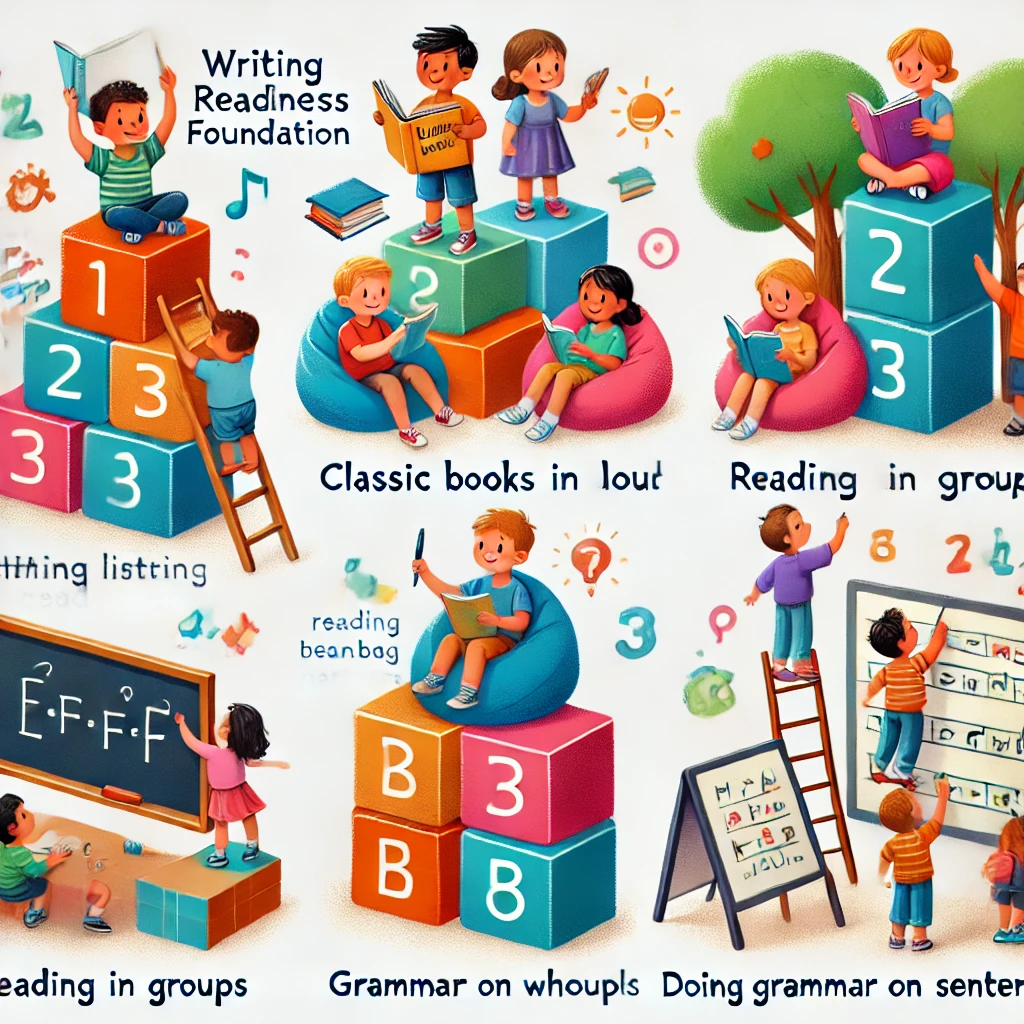
“You can have the best ideas in the world, but if you cannot communicate them clearly and concisely to others in a way that they understand and appreciate, your ideas won’t go very far.”
(Me (repetitively!), explaining to my children the importance of learning to write well)
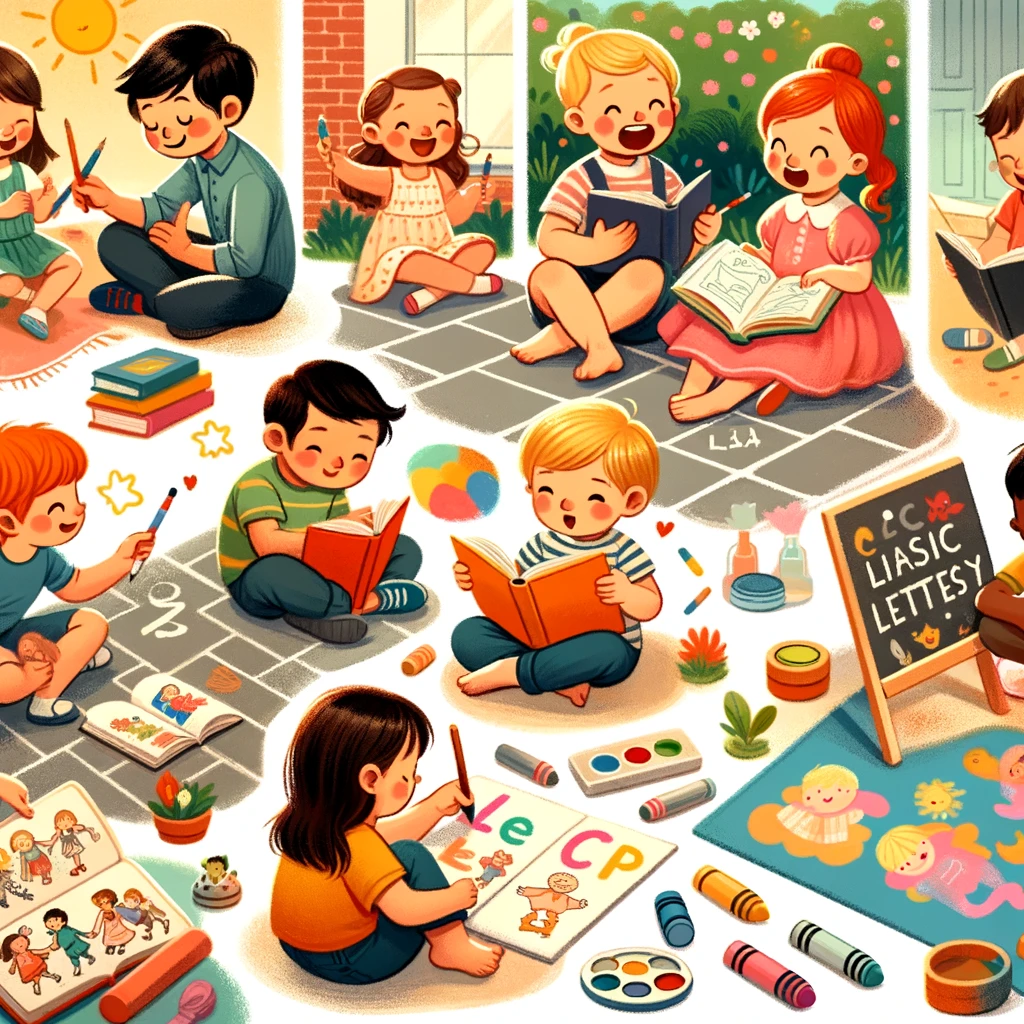
Writing Cornerstones & Activities: Preschool & Kindergarten
Writing Cornerstones

Activities

Fun Twists! Writing Games & Guidance


Writing Cornerstones & Activities: Grades 1-2
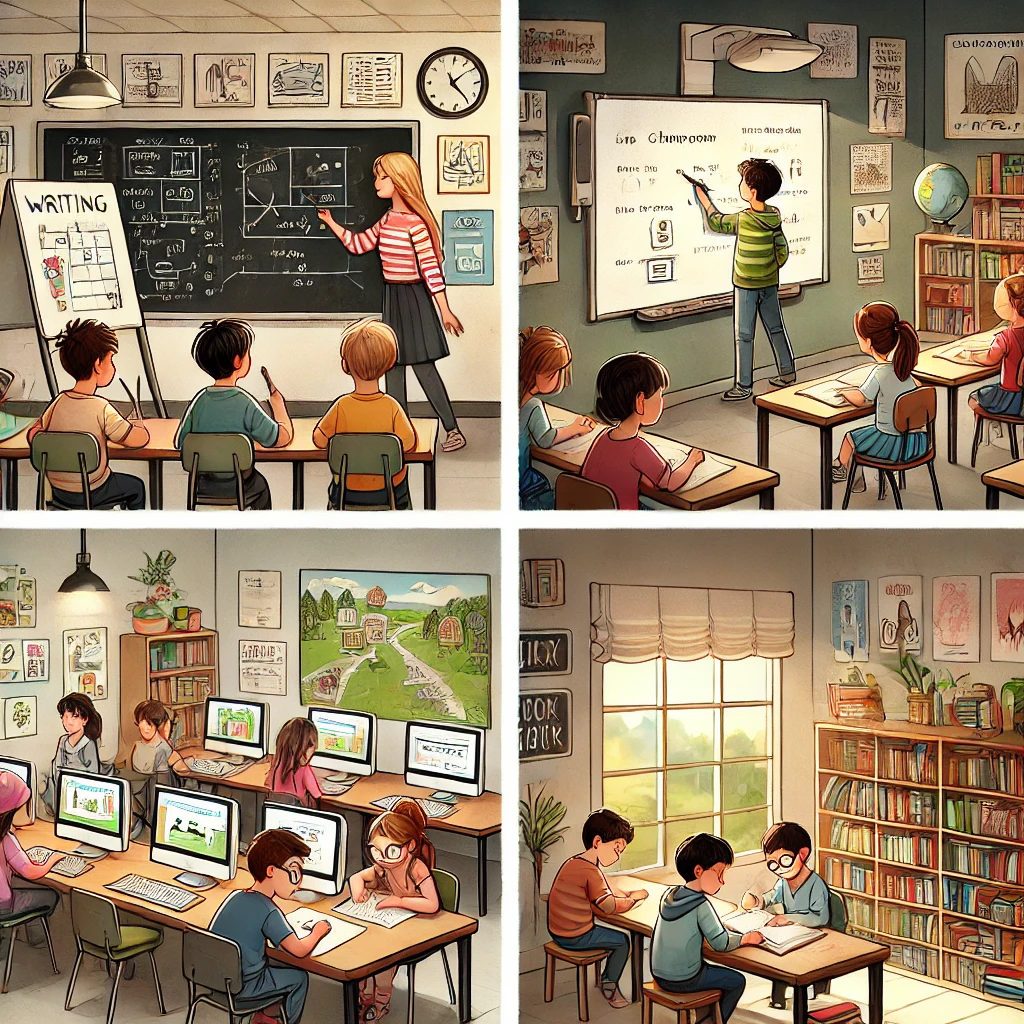
Writing Cornerstones

Activities
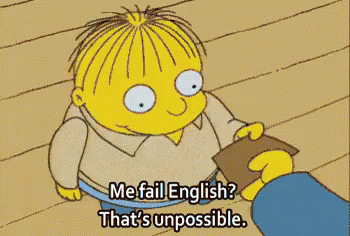
Fun Twists! Writing Games & Guidance
At this age, learners will normally require assistance with the following activities. Be patient. Come alongside them. Remember the goal is to lay a strong writing readiness foundation and create joy in the writing process. Do not expect them to be naturally independent writers in these early grades.

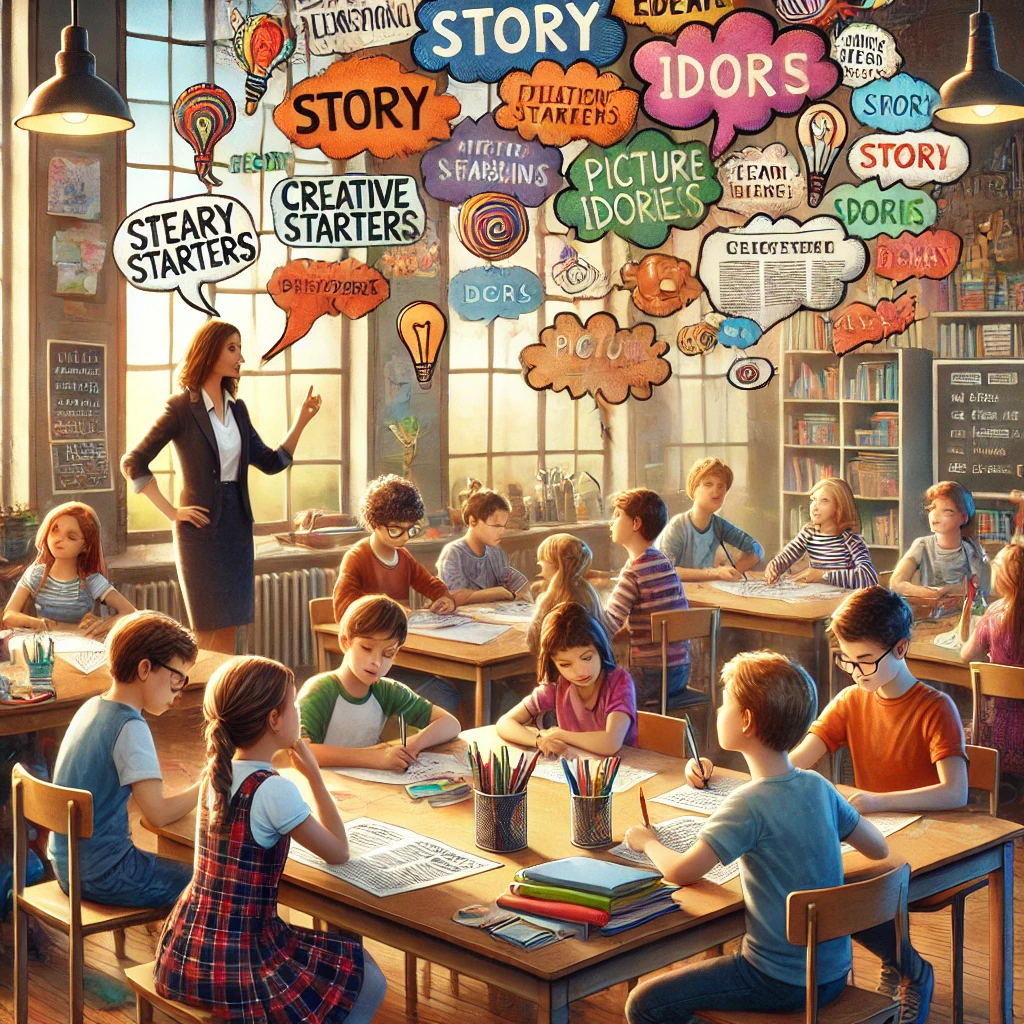
Writing Cornerstones & Activities: Grades 3-5

Writing Cornerstones

Activities

As learners’ writing readiness foundations strengthen, focus on writing single, strong paragraphs, instead of jumping into multiple-paragraph assignments. Spend a solid year or two concentrating on solitary paragraph mastery, with increasingly complex sentence and vocabulary selections. Teach them to use a dictionary and a thesaurus. Paragraph quantity is not important at this juncture. If learners can write one excellent paragraph, writing a five or ten paragraph essay in the future will not be a problem.
Teach them to paint word pictures and ideas, appreciating the beauty of language and the written word.
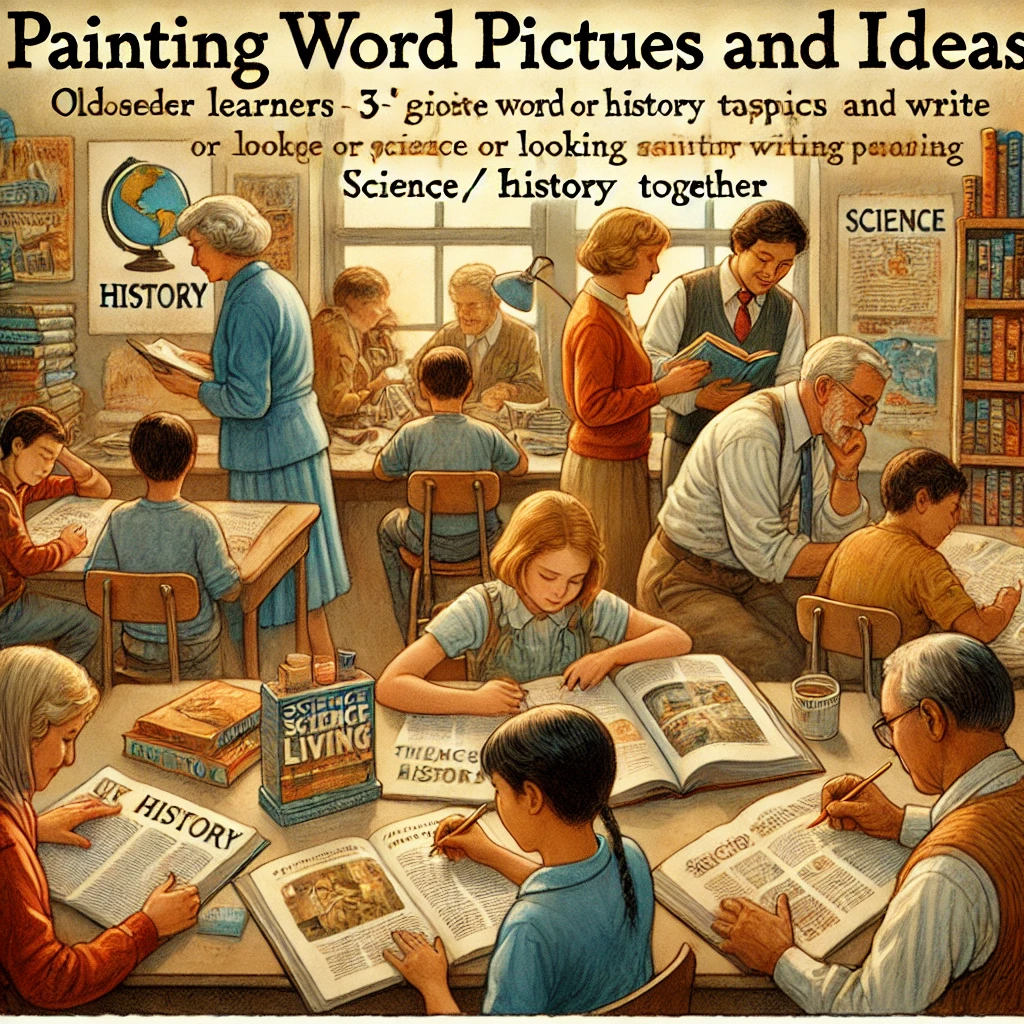
Fun Twists! Writing Games & Guidance

Children who learn to read well, master grammar and have classic stories read aloud to them from a young age are poised to become strong, confident writers. Create a rich writing readiness foundation and motivate your learners by infusing creativity, imagination, and playfulness into writing lessons. Move at each child’s pace, concentrate on topics that pique their interest and be positive! Your learners will absorb your positivity and joy like a plant absorbs water from the soil.

Daring to Dream Beyond the Classroom?
Discover the potential that lies beyond traditional educational boundaries. Whether you’re an aspiring educator-entrepreneur or looking to create a transformative learning space, edTonomy is your partner in this journey of innovation and empowerment.


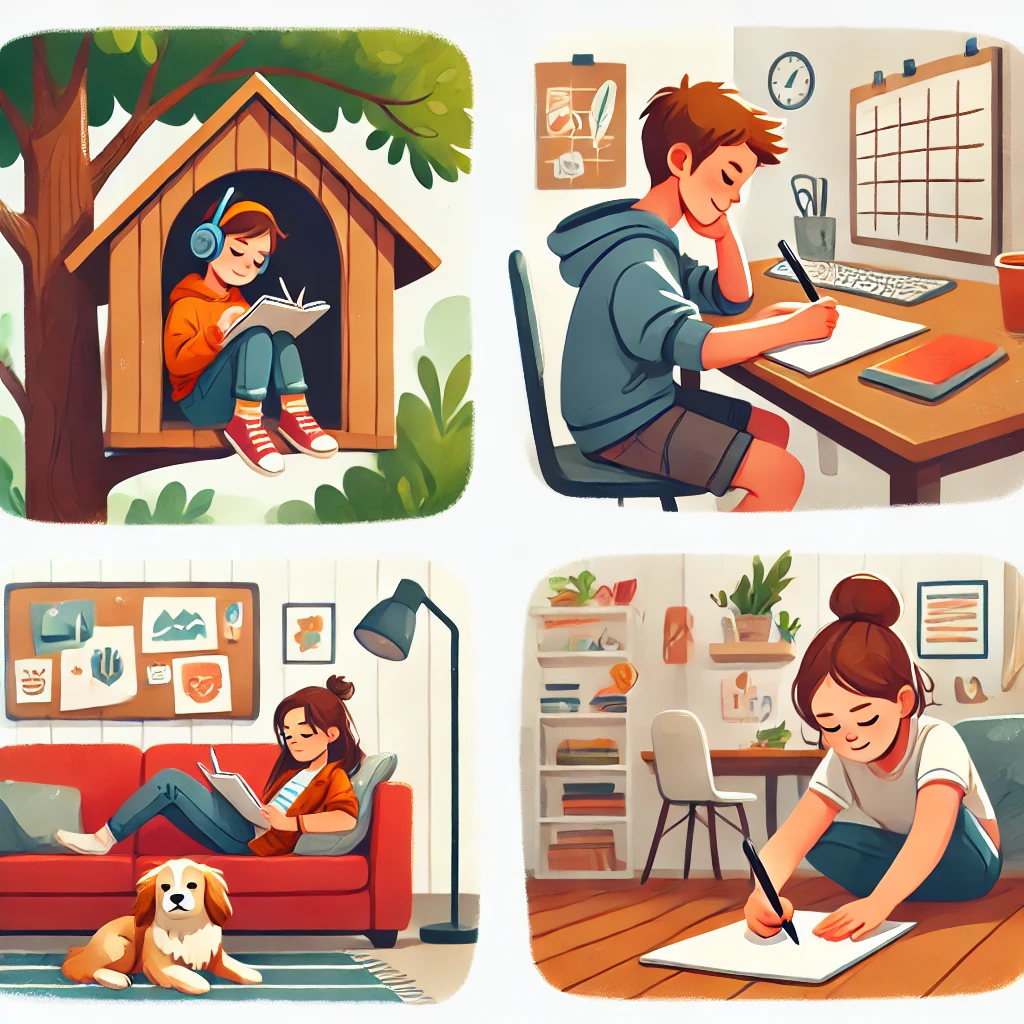








Member discussion